Big Black Ants in House | Big Black Ants in House: Prevention Tips
If you've noticed big black ants in your house, it's important to take action to prevent a full-blown ant infestation. These pests, known as carpenter ants, can cause damage to your home and require professional ant removal. By implementing some preventive measures and understanding the signs of ant invasion, you can protect your home from these unwanted guests.

Carpenter ants thrive in moist environments and often build nests in wood. To prevent carpenter ants in your home, start by eliminating sources of moisture. Fix any leaks or plumbing problems, ensure proper drainage around your house, and keep gutters clean. Additionally, trim tree branches that touch your house, as they can serve as a pathway for ants to enter.
Sealing cracks and openings is another effective way to prevent ant infestation in your home. Inspect your doors, windows, and foundation for any gaps and seal them with caulk or weatherstripping. Pay attention to areas where utility lines enter your home and seal them as well.
It's also crucial to store firewood, lumber, and other building materials away from your house. These can attract carpenter ants and provide them with a place to nest. Regularly inspect the wood around your property for signs of ant activity, such as small openings on the surface and the accumulation of sawdust-like debris.
If you suspect a carpenter ant infestation or come across signs of wood damage, it's best to contact a professional ant removal service. They have the expertise and tools to effectively exterminate carpenter ants and protect your home from further damage.
Key Takeaways:
- Prevent carpenter ants in your house by eliminating sources of moisture, such as fixing leaks and ensuring proper drainage.
- Seal cracks and openings, including gaps around doors, windows, and utility lines, to prevent ant entry.
- Trim tree branches that touch your house and keep firewood and building materials away from your property.
- Regularly inspect wood surfaces for signs of ant activity, such as small openings and sawdust-like debris.
- If you suspect an infestation, contact a professional ant removal service for effective extermination.
How Do Carpenter Ants Enter Buildings?
Carpenter ants are resourceful when it comes to finding their way inside your home. They can enter buildings through various entry points, including cracks around doors and windows, plumbing and electrical penetrations, overhead wires, as well as shrubs or tree limbs that touch the building. These small pests can squeeze through any opening they find, making it crucial to seal potential entry points to prevent carpenter ant invasions in your house.
To protect your home from carpenter ants, it's important to inspect your property regularly for any cracks or gaps that could serve as potential entry points. Seal these openings using caulk or weatherstripping, paying special attention to areas around doors, windows, pipes, and wires. By eliminating these access points, you can reduce the chances of carpenter ants establishing a colony inside your home. Remember, prevention is key when it comes to keeping carpenter ants at bay.
What Do Carpenter Ants Eat?
Carpenter ants have a varied diet that consists of both natural and human-made substances. In their natural habitat, these big black ants feed primarily on insect honeydew, which is a sugary substance produced by certain insects. They also consume plant and fruit juices, insects, and other arthropods.
Inside the house, carpenter ants are known to be opportunistic feeders. They will seek out sweets, such as sugary snacks and syrups, as well as eggs, meats, cakes, and even grease. Their ability to find and exploit food sources can lead to household ant infestations, as they are always on the lookout for sustenance.
To prevent carpenter ant infestations, it's crucial to keep your house clean and remove any potential food sources. Regularly clean up spills and crumbs, store food in secure containers, and promptly dispose of garbage. By eliminating accessible food, you can reduce the attraction for these pesky insects and prevent them from making your home their own.

What Kind of Wood Do Carpenter Ants Attack?
When it comes to carpenter ants in the house, understanding their wood preferences is essential in preventing infestations. Most species of carpenter ants are drawn to wood that is or has been wet and damaged by mold. These pests prefer invading wet, decayed wood that is associated with moisture problems.
As a homeowner, it's crucial to keep an eye out for excess moisture and soft, rotting wood around your home. Moisture issues can arise from various sources, such as plumbing leaks, roof leaks, or high humidity levels. Identifying and addressing these moisture problems promptly can help prevent carpenter ants from tunneling through dry, undamaged wood in your house.
Remember to inspect areas prone to moisture accumulation, such as damp basements, crawl spaces, and around windows and doors. Regularly check for water leaks and promptly fix any issues. Proper ventilation can also play a significant role in preventing wood from becoming damp and attracting carpenter ants.
Signs of Moisture-Related Wood Damage
Here are some signs that may indicate moisture-related wood damage and a potential risk for carpenter ant infestation:
- Soft, spongy wood that crumbles easily
- Visible mold or mildew growth on the surface of wood
- Discoloration or staining on the wood
- Musty odors near wooden structures
- Warped or distorted wood
By proactively addressing moisture issues and promptly repairing any water damage, you can significantly reduce the risk of carpenter ants invading your home and causing structural damage.
How Big Are Carpenter Ant Colonies?
A carpenter ant colony can be quite large, containing anywhere from 10,000 to 50,000 individuals. In fact, some colonies can have even more ants! Within each colony, there is typically one queen who is responsible for laying eggs and ensuring the survival of the colony. Unlike other ants, the queen of a carpenter ant colony is wingless, as her role is to reproduce and maintain the population rather than forage for food.
As the colony grows and matures, winged ants known as swarmers are produced. These swarmers play a crucial role in expanding the colony's territory and establishing new colonies. Swarmers are typically produced when the colony reaches two years of age or older. The timing of their appearance can vary depending on the region and environmental conditions.
Seeing a large number of winged ants in or around your home could be a sign of a mature carpenter ant colony nearby. It's important to take action promptly to prevent further infestations and potential damage they may cause.
Where Do Carpenter Ants Build Their Nests?
Carpenter ants are known for building their nests outdoors in various wood sources such as tree stumps, rotting fence posts, old firewood, and under stones. These resourceful insects are attracted to damp, decaying wood that provides them with a suitable environment for nesting. The parent colony, also known as the main colony, is typically located outside and contains the queen, eggs, and young ants.
Sometimes, satellite nests may also form indoors and outdoors once the parent colony matures. These satellite nests serve as additional nesting sites and can be found in areas such as wall voids, attic spaces, and other dark and secluded areas of the house. It's important to note that while the parent colony is primarily positioned outdoors, carpenter ants can still cause significant damage to structures by creating multiple satellite nests throughout the property.
If you suspect a black ant infestation in your home, it's crucial to address the problem promptly to prevent further damage. Removing carpenter ants requires professional ant removal services to effectively locate and eliminate all colonies, both the main and satellite nests. Professional ant removal experts have the knowledge, experience, and tools necessary to locate hidden nests and employ targeted eradication methods, ensuring complete elimination of the infestation.
Do Carpenter Ants Bite?
Carpenter ants can bite and have powerful jaws, causing pain and a burning sensation. However, their bites do not pose a significant health threat. If bitten, clean the wound with soap and water, apply antibiotic ointment, and bandage it to prevent infection.
It's best to contact a pest control professional if you encounter carpenter ant bites. They have the expertise and necessary tools to handle ant control in your home and ensure the complete removal of a black ant infestation. Professional ant removal services can assess the extent of the infestation, identify the source of the problem, and implement effective treatment strategies.

A professional ant removal service also offers comprehensive solutions to prevent future ant invasions. Their experts can provide recommendations for sealing cracks and openings, eliminating attractants, and implementing long-term prevention strategies to maintain a ant-free environment in your home.
Carpenter Ant Extermination
If you suspect a carpenter ant infestation in your home, it's important to take immediate action. The large size of carpenter ant colonies makes it more effective to leave ant removal to licensed pest control professionals who have the expertise to assess the situation and recommend the appropriate extermination method.
When you contact an ant extermination service, they will conduct a thorough inspection of your property to identify the extent of the infestation and locate the nesting sites. This initial assessment is crucial in developing a targeted treatment plan to eliminate the carpenter ants.
Professional ant extermination services employ a variety of techniques to eradicate these destructive pests. Depending on the severity of the infestation, treatment methods may include baiting, trapping, and applying residual insecticides. Integrated Pest Management (IPM) practices may also be utilized to address the root causes of the infestation and prevent future ant invasions.
By entrusting the task of ant control in your home to professionals, you can have peace of mind knowing that the infestation will be effectively eliminated. Additionally, licensed pest control companies often provide warranty protection, ensuring that if the ants return within a specified period, they will return and re-treat the affected areas at no additional cost.
If you're dealing with a carpenter ant infestation, don't hesitate to seek the help of ant extermination services. They have the knowledge, experience, and resources to not only eliminate the current infestation but also prevent future ant problems in your home.
Professional Advice for Ant Control in Home
Preventing and eradicating carpenter ant infestations requires the expertise of qualified pest control professionals. By addressing the problem with professional ant extermination services, you can safeguard your home from structural damage caused by these invasive pests.
Conclusion
The prevention and elimination of carpenter ants in your house can be achieved through a combination of effective ant elimination techniques and preventive measures. By taking proactive actions such as eliminating sources of moisture and sealing cracks, you can significantly reduce the risk of ant infestation.
It is also crucial to seek professional ant removal services when necessary. Pest control professionals have the expertise and resources to assess the severity of the infestation and recommend the most suitable extermination methods. Their knowledge and experience in ant control ensure that the problem is addressed effectively.
By following these practical tips and enlisting professional help when needed, you can successfully get rid of ants and keep your home secure from big black ant invasions. Remember, prevention is the key to avoiding future infestations, so it's important to remain vigilant and implement proper sanitation practices to maintain an ant-free home.
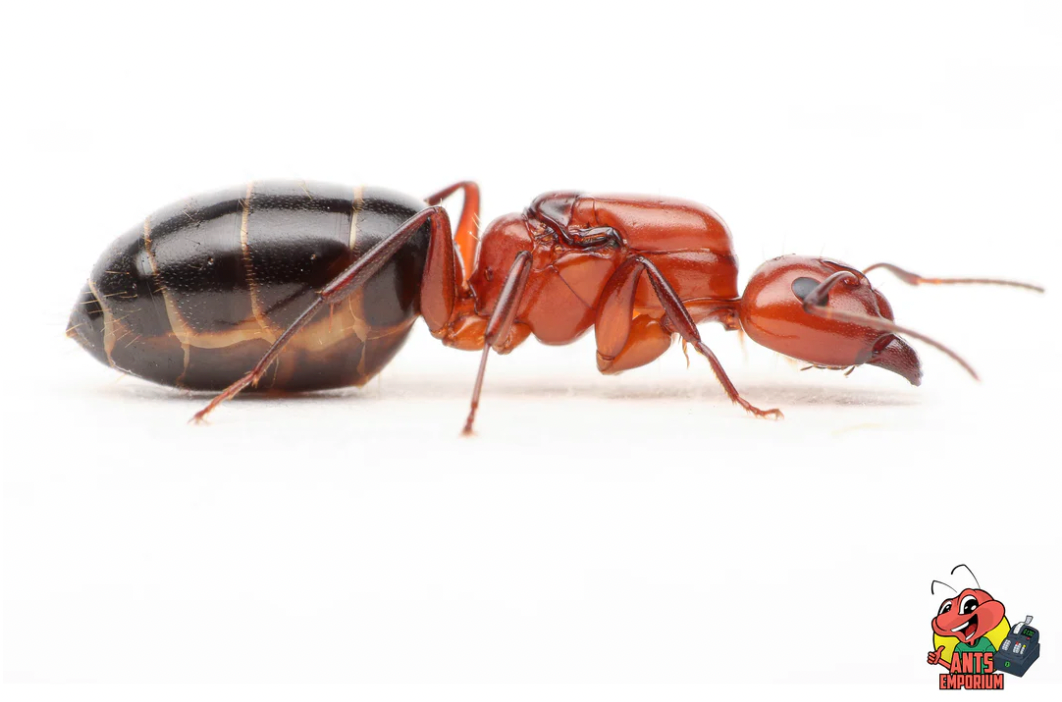
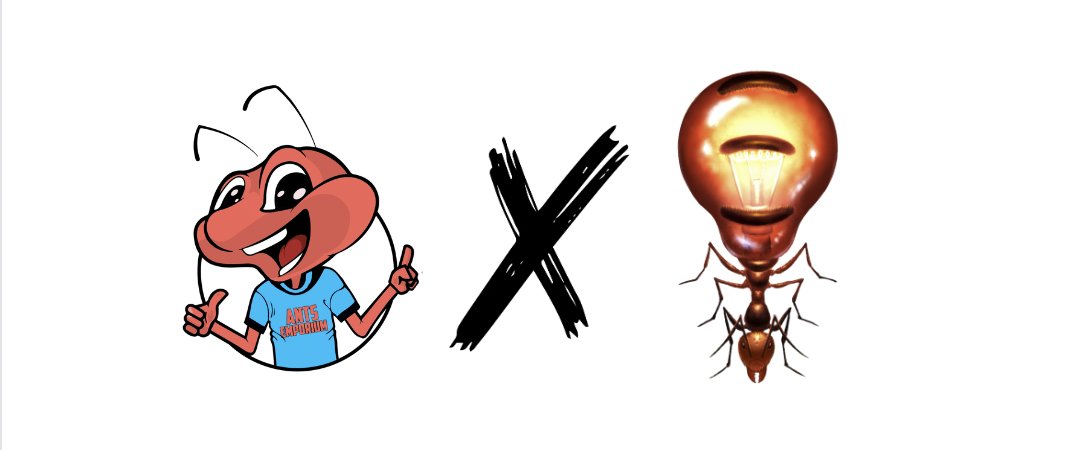
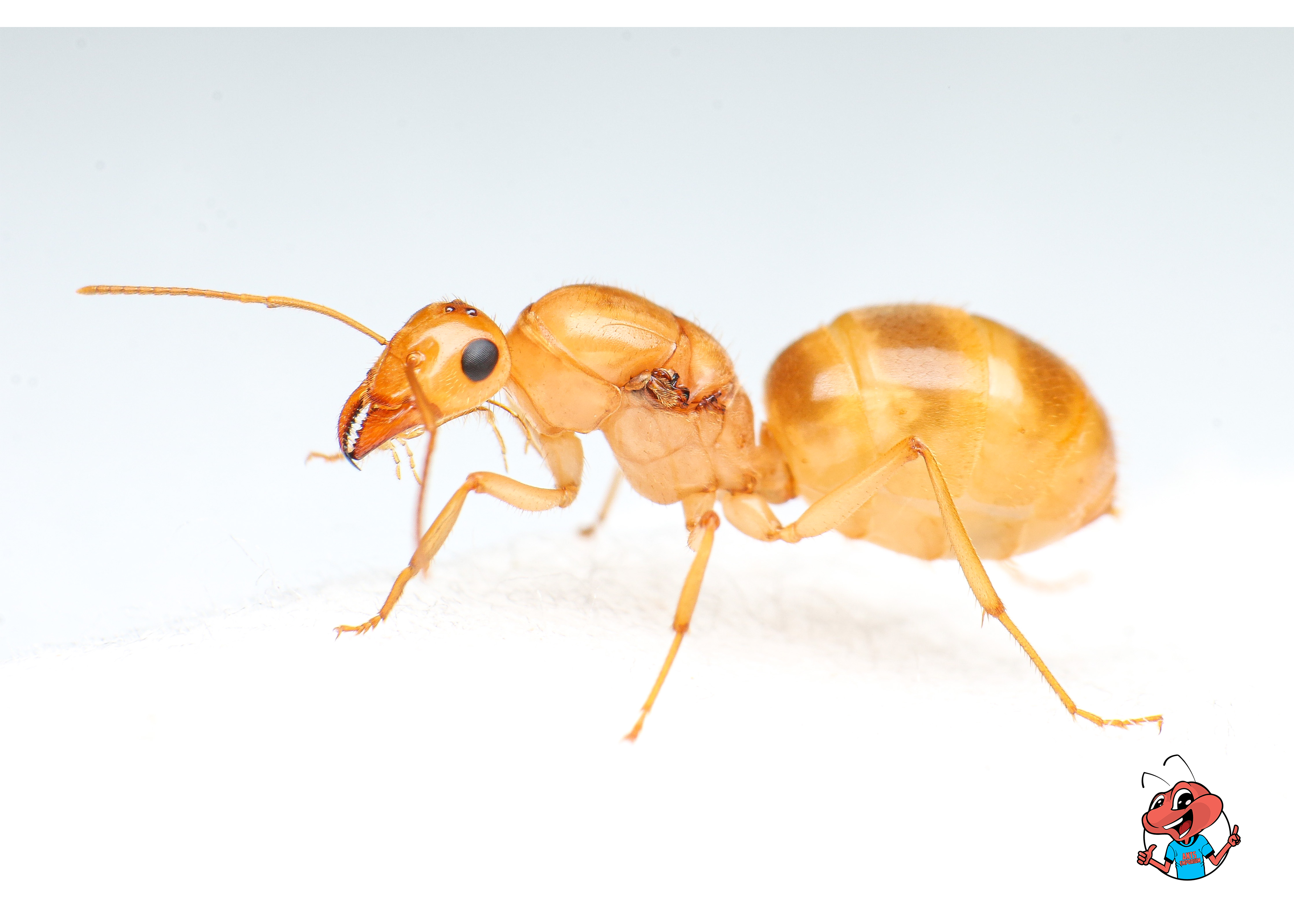
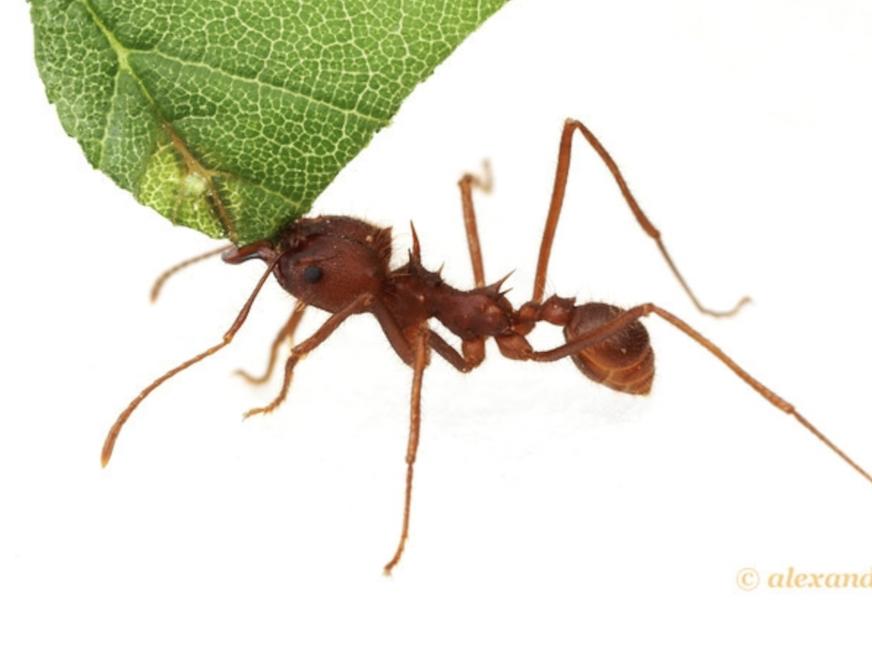
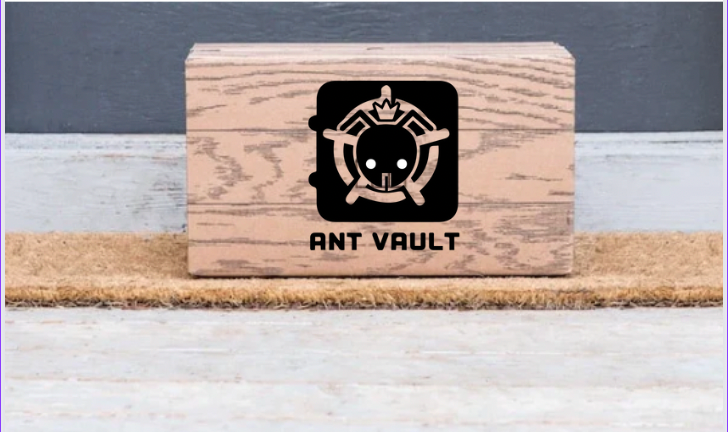


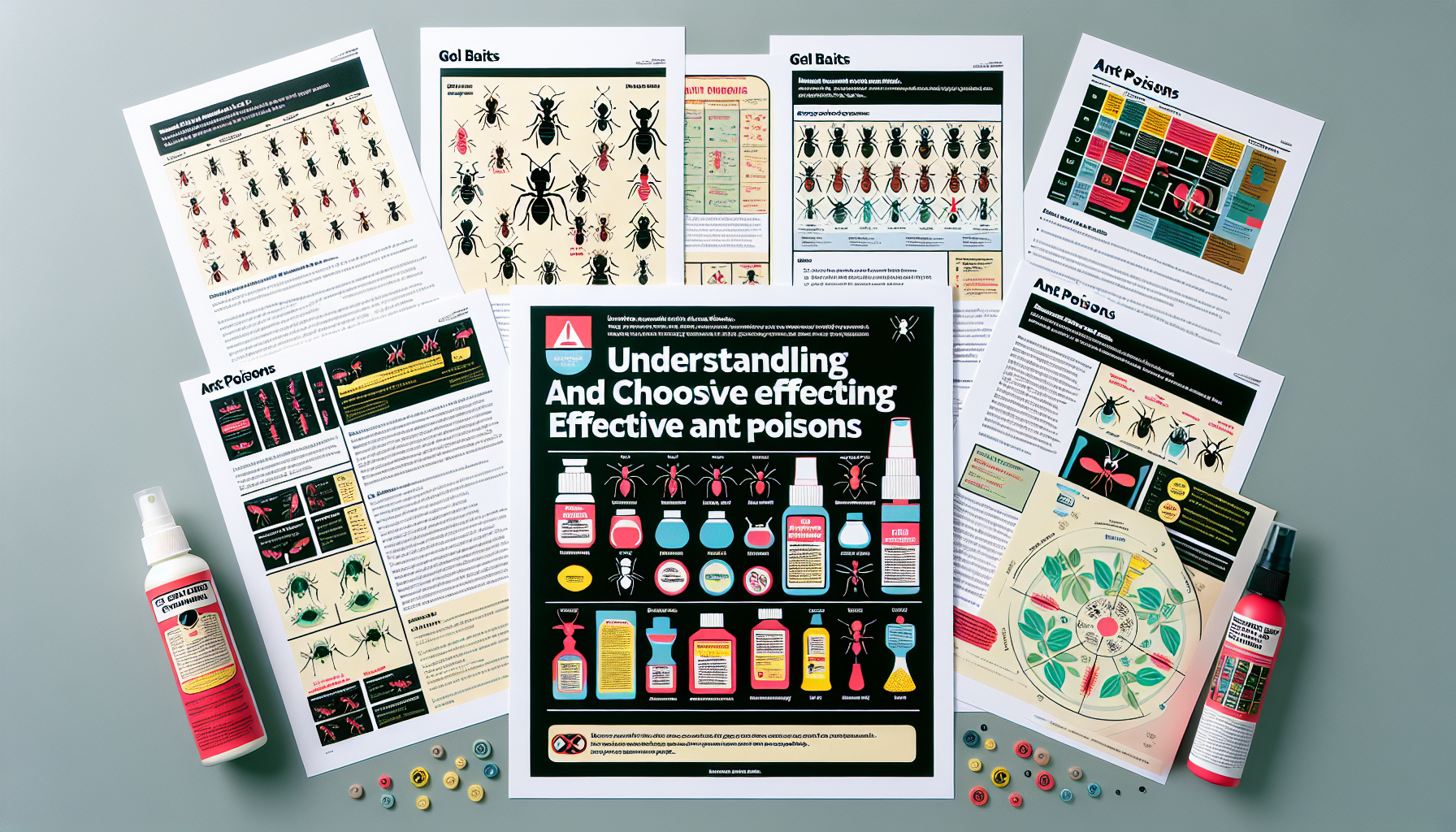
Leave a comment